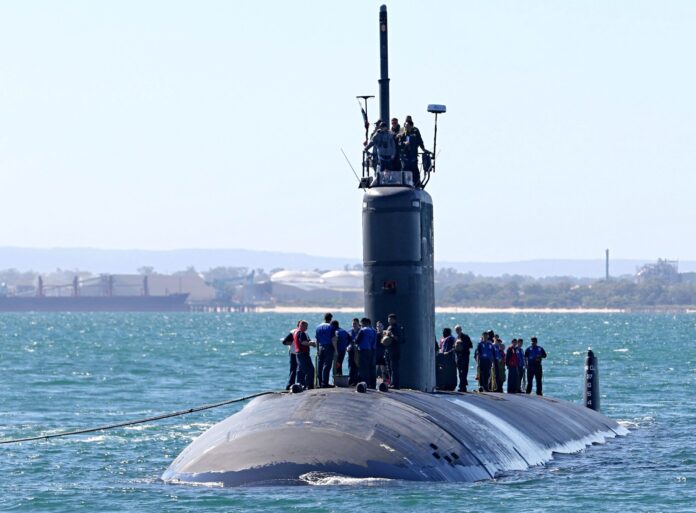By Jennifer Parker*
Australia’s planned acquisition of nuclear-powered submarines is undoubtedly ambitious and risky. But the frequent negativity among Australian commentators is detached from the reality of the success to date of the plan’s progress and the wider strategic reasons for the project. (The Australian Strategic Policy Institute. The Strategist.)


